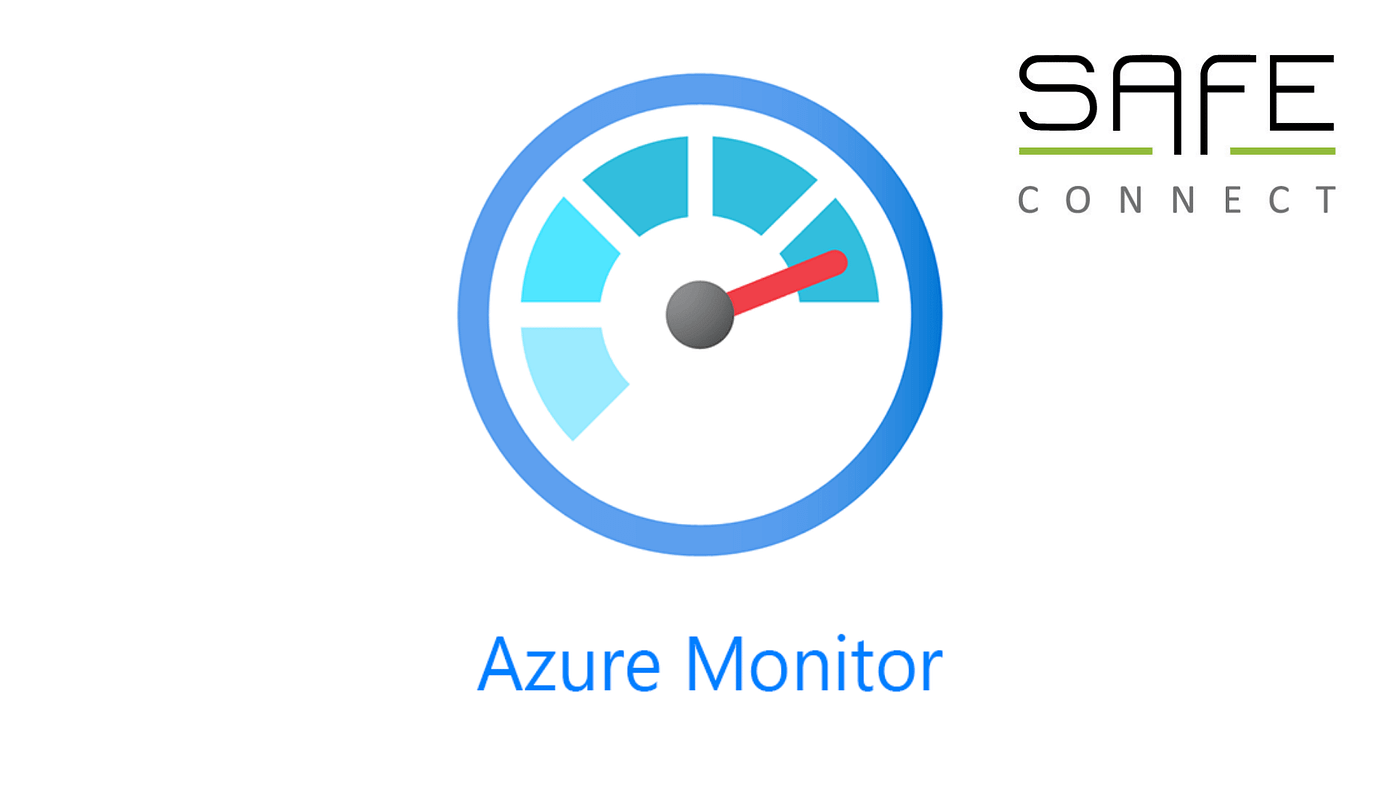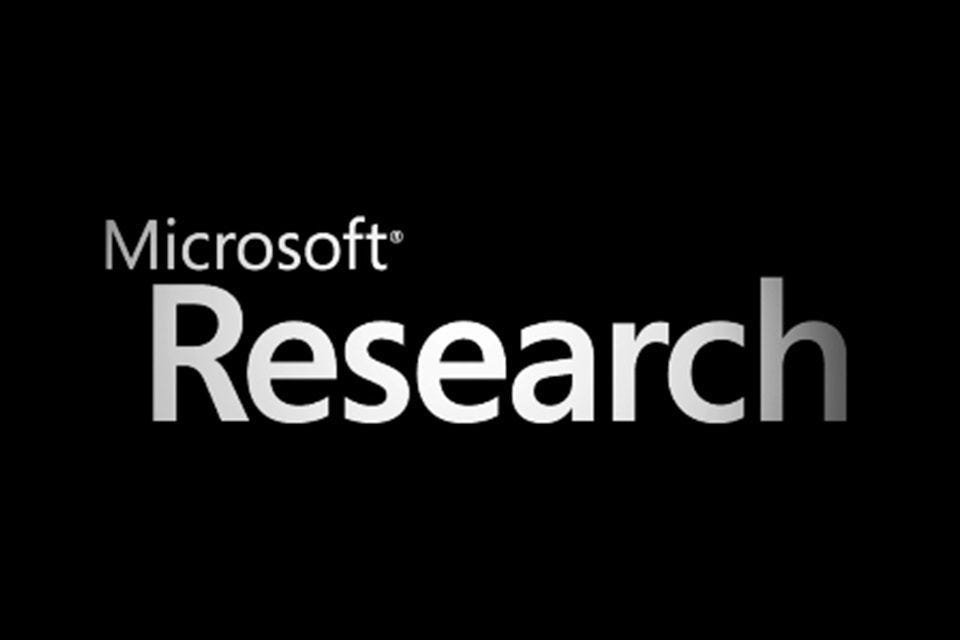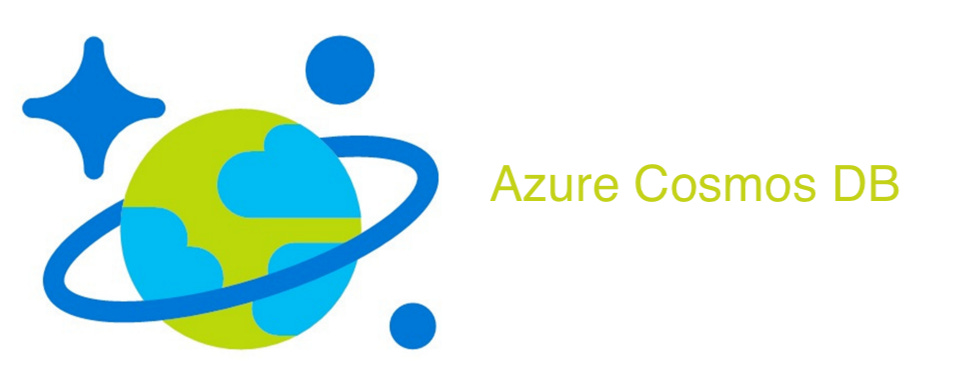Unlocking Data Potential: Exploring Microsoft Azure Services for Data Engineering Part — 3
Diving into the world of data science with Microsoft Azure’s suite of tools, we explore two vital areas where these tools are making a significant impact.
The realm of analytics is our first stop. Here, Microsoft Azure shines with Power BI, a formidable business analytics tool that transforms raw data into compelling visual narratives. Power BI’s prowess lies in its rich data visualization and business intelligence dashboards that bring actionable insights to the forefront.
For data analysts, Azure presents a treasure trove of resources. It offers seamless integration with Power BI and Azure Synapse Analytics, forming a robust platform that underpins data exploration, modeling, and analysis. These tools are the compass guiding data analysts through the data maze to uncover valuable insights.
Azure Monitor on the other hand plays an indispensable role in log analytics, standing vigilant over Azure and on-premises environments alike.
It’s the watchtower, capturing telemetry data, analyzing it, and prompting timely actions to maintain system health and efficiency.
As we venture into the domain of Machine Learning & Artificial Intelligence,Azure’s ecosystem is a launchpad for innovation. Azure Notebooks provide an interactive coding environment, a playground for data scientists working with languages like Python, R, and F#.
Azure Machine Learning elevates the game by offering a cloud-based platform for building, training, and deploying ML models. With its automated ML and model management features, it’s a lighthouse guiding the ML journey from concept to execution.
Voice interaction gets a new lease of life with Cortana and Azure Cognitive Services. From speech recognition to natural language processing, these tools are crafting a world where technology speaks our language.
The horizon of AI is expanding with Microsoft Research’s dedication to advancing AI and AGI technologies. Their quest is to create AI systems that are not just functional but adaptive and versatile, heralding a new era of technological evolution.
As we advance through 2024, Microsoft Azure’s slew of innovations is reshaping the landscape of data engineering, enhancing the essential pillars of infrastructure, analytics, and AI with new capabilities tailored to the demands of modern data professionals.
Embracing the wave of innovation, Azure’s integration services have become more seamless, integrating applications, systems, and data with greater synergy. The platform’s commitment to modernization is evident, offering support for Oracle workloads and facilitating the transition of MongoDB Atlas to the cloud, embodying the modern data infrastructure.
In the analytical sphere, Azure’s improvements in business intelligence and analytics stand out. They have fine-tuned decision-making by deepening insights drawn from data. Moreover, Azure’s focus on disaster recovery and high-performance computing, along with hybrid and multi-cloud solutions, demonstrate its dedication to resilience and versatility.
On the frontier of AI and ML, Azure has made strides with the introduction of GPT-4 Turbo with Vision, enhancing the multi-modal interaction in applications. Coupled with the expansion of Azure AI services like vector search and semantic ranker, Azure is bolstering its repertoire to deliver AI-powered solutions with precision and relevance.
For developers, Azure’s toolkit has grown with dynamic scaling in Azure Cosmos DB and the infusion of natural language queries, which streamline productivity. The Azure Kubernetes Service has also been upgraded to deploy machine learning workloads more efficiently, signaling a leap towards more agile, cost-effective AI operations.
As we dissect these advancements, it’s clear that Azure is not just keeping pace but setting the tempo for the future of data engineering. The platform’s unified approach in offering a full spectrum of data solutions is a testament to its commitment to empowering developers and organizations to build intelligent applications that stand the test of time and change.
For those intrigued by the evolution of Azure’s services, I invite you to revisit my previous articles, where I unfold the layers of Azure’s data engineering tools and how they compare to AWS’s offerings. These pieces form a comprehensive narrative that not only reflects on Azure’s current state but also its trajectory in the ever-evolving domain of data science.
Unlocking Data Potential: Part 1
Unlocking Data Potential: Part 2
The journey continues, and I am excited to share the latest updates and insights as we explore the rich capabilities and innovations that Azure brings to the table. Stay tuned!












